In all the chaos of the last couple of years, it’s easy to forget that the Sydney Symphony Orchestra is usually one of the busiest orchestras in the world. By this writer’s count, in 2019, the last full year before COVID (and, incidentally, the last year before renovations commenced on the Sydney Opera House Concert Hall), the Orchestra played around 120 individual concerts across 50-odd unique programs. Throw in a handful of rehearsals for each program and one’s dance card is looking rather full.
Given that, it’s incredible to think that the Orchestra hasn’t performed together a great deal since the Delta wave that led to lockdowns across the city, the state and indeed the country. Over the last two years almost 85% of the Orchestra’s mainstage performances had to be cancelled. Unsurprisingly, Andrew Haveron, the Sydney Symphony ’s Concertmaster since 2013, sounds very eager to get back to music-making.
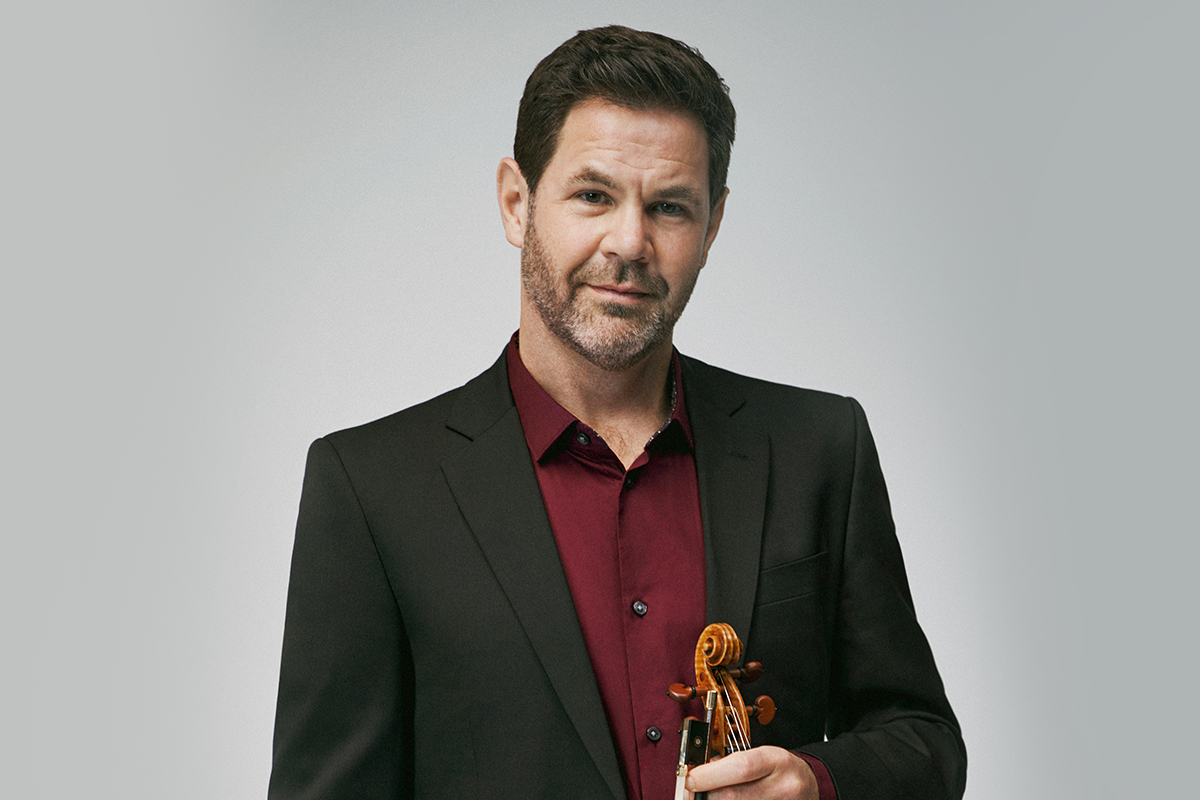
Andrew Haveron, Sydney Symphony Concertmaster. Featured in ‘Beethoven Symphony No 1’, 8 & 9 April 2022.
“We’re looking forward to it,” says Haveron of the Sydney Symphony’s Autumn Season, which kicks off on 30 March. “Looking forward to just being an Orchestra again is the most important thing. It has been a while for us.”
As with so much of the past two years, these next six months have had to be drawn and re-cast a couple of times. Uncertainty around international travel, quarantine and more has been especially chaotic for organisations accustomed to welcoming international guests. But, as Haveron explains, that has in fact led directly to the exciting programs on offer in the Orchestra’s first three concerts for 2022.
“We have such an array of talent in our midst that we don’t have to rely on international travel, or borders being opened,” Haveron says. “When you have the premier trumpeter, oboist and viola player in the country and available to you, we thought, ‘well, let’s put on some concerts featuring these people.’”
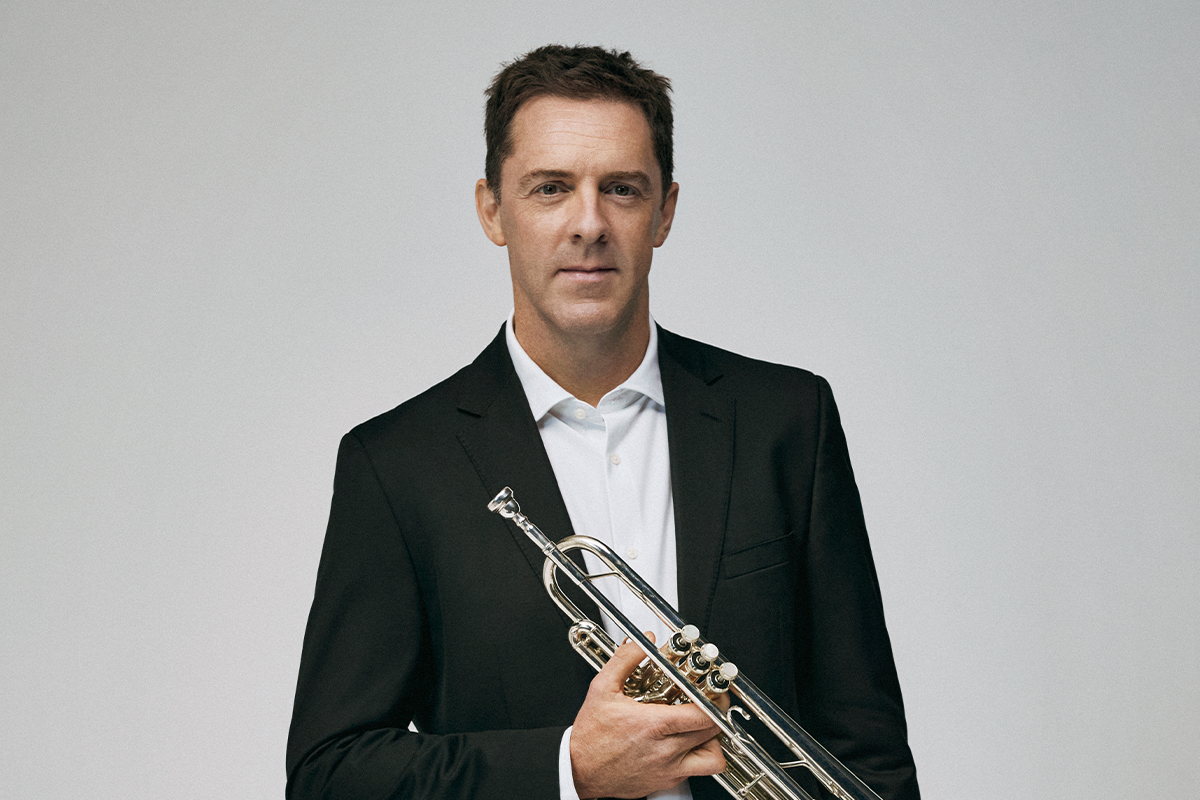
David Elton, Sydney Symphony Principal Trumpet. Featured in Mozart & Schubert, 30 March – 2 April.
The performers Haveron is referring to are, of course, Principal Trumpet David Elton (also Principal Trumpet of the London Symphony Orchestra), Principal Oboe Diana Doherty and Principal Viola Tobias Breider, each of whom will take centre stage in concertos programmed as part of these first three concerts.
Elton will perform Haydn’s delightful, ebullient Trumpet Concerto in E, a favourite of the repertoire and perhaps Haydn’s best-loved concerto, in a program alongside Mozart’s Symphony No 25 and Schubert’s Ninth Symphony, ‘The Great’; Doherty will play Richard Strauss’s Oboe Concerto alongside a selection of operatic overtures and suites including Strauss’s Der Rosenkavalier Suite and Mozart’s overture from The Marriage of Figaro; and Breider plays the little-known (unless you are a viola player) concerto by Carl Stamitz in a program of late 18th-century jewels including Vaňhal’s Sinfonia in D and Beethoven’s First Symphony.
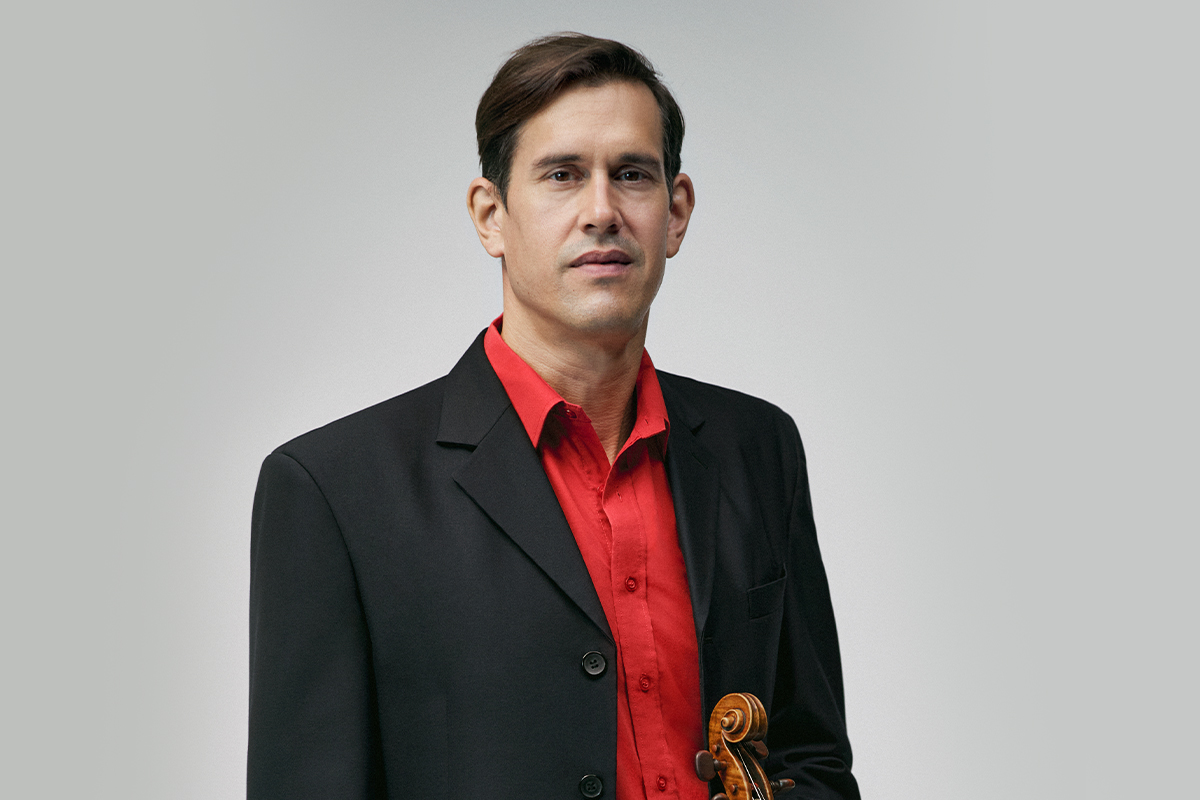
Tobias Breider, Sydney Symphony Principal Viola. Featured in Beethoven Symphony No 1, 8 & 9 April.
The first cab off the rank is a concert called The Great Symphony featuring Haydn, Mozart and Schubert, and Haveron sounds especially eager to sink his teeth back into what has become the Orchestra’s bread-and-butter repertoire.
“I’m just really looking forward to coming back to playing that kind of music,” says Haveron. “The Schubert – Schubert 9, I suppose we call it, although it isn’t necessarily his Ninth Symphony – doesn’t come around that often, so it will be great to have that. It is the piece that is described as having a ‘heavenly length’ – a bit like lockdowns,” he says with a wry laugh.
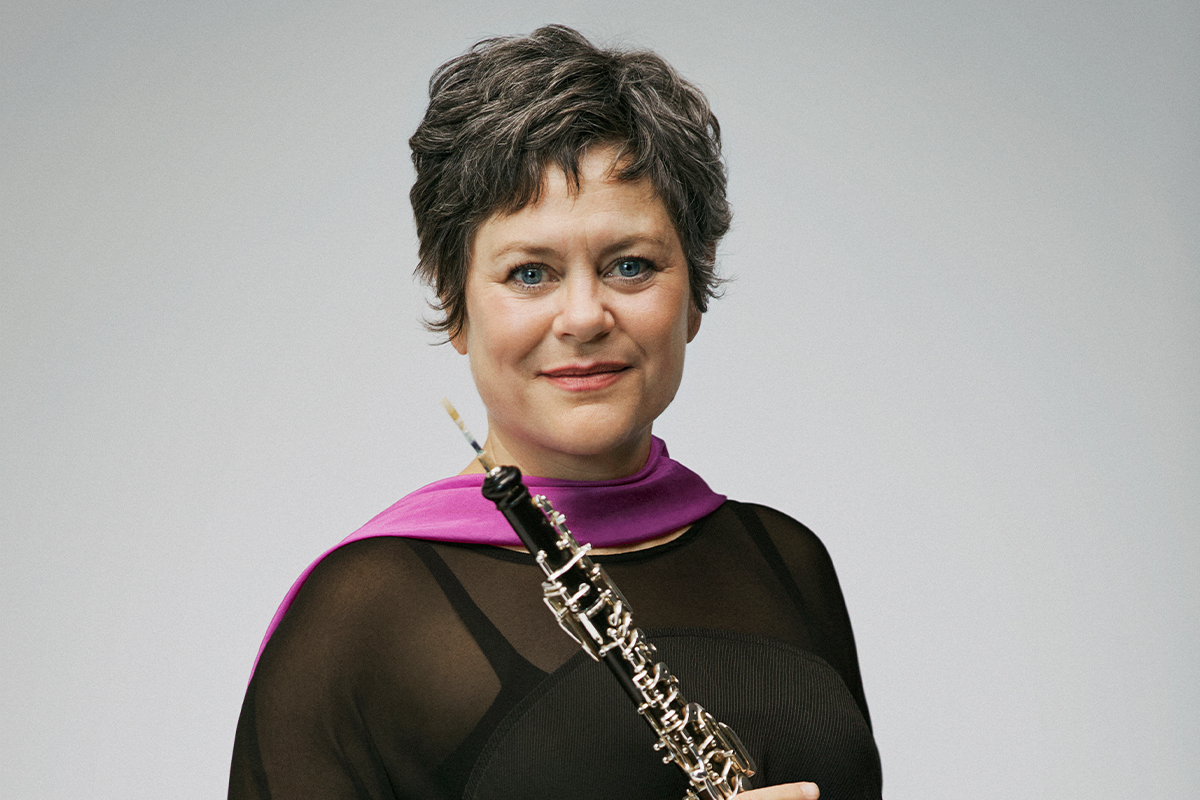
Diana Doherty, Sydney Symphony Principal Oboe. Featured in Diana Doherty performs Strauss’ Oboe Concerto, 22 & 23 April.
It’s not just in the Orchestra that audiences will get to see Australia’s finest musicians, however. Two of the Sydney Symphony’s first three programs are being conducted by Umberto Clerici, the Orchestra’s former Principal Cello, who has recently made the leap to conducting and, according to Limelight reviewers, is every bit as accomplished with a baton as he was with a bow.
While the Sydney Symphony is anticipating its return to the Sydney Opera House, Haveron is glad to have the opportunity to give Sydney Town Hall – the Orchestra’s home these past two years – a proper farewell season.
“We love being at the Sydney Town Hall,” he says enthusiastically. “The acoustic on stage is a different experience for us – it is a good old European shoebox design, which is tried and tested in terms of the acoustic, and it is the best acoustic for what we do.”
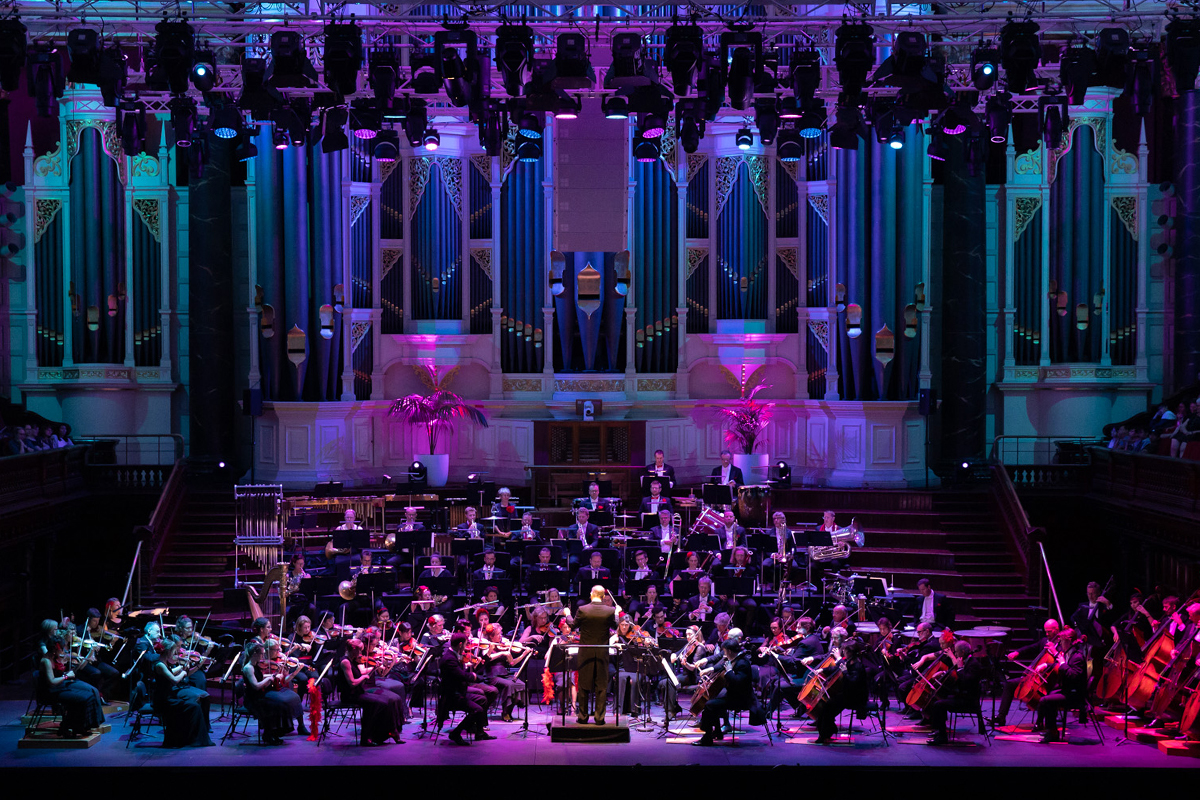
The Sydney Symphony Orchestra will perform their Autumn Season at Sydney Town Hall.
“It is a pleasure to play there, and it now very much feels like our home – and it always was the home of the Sydney Symphony before the Sydney Opera House was built, and I hope we continue to play there.”
I ask if there is any sense of familiarity amongst the musicians, any feeling of homecoming when they take to the Sydney Town Hall stage. It was, after all, the Orchestra’s home for their first 40 years.
“We certainly have that sense of history,” Haveron says. “And more and more, actually. The ABC is putting out these old videos – there’s a wonderful video of Arrau performing the ‘Emperor’ Concerto with the Sydney Symphony back in whatever year it was, and Stravinsky coming to conduct at the Sydney Town Hall. All the incredible musicians of the past, when they came to Sydney, played in that place. So it definitely feels like the place where the first performances of these great pieces of classical music were heard in Australia – this is the building. We definitely have that sense of history.”
The sense of history is clearly strong, but Haveron is eagerly looking to the future. The return to the Sydney Opera House in June looms large, but so too does the revival of the Sydney Symphony’s 50 Fanfares project. Announced in February 2020, the project was to feature 50 new works by 50 Australian composers, to unfold over three years, and culminate when the Orchestra returned to the Sydney Opera House Concert Hall in 2022.
Obviously COVID has shifted the timeline somewhat, but Haveron is excited to get stuck back into it.
“It is one of the things that has obviously been disrupted most by the pandemic,” says Haveron. “That project was up and running, and we have performed several of them. But the fact that we have had to delay so many that were scheduled, means the whole project is going to take a little bit longer – we just have to get back to it and build up the steam again. But it was going very well. There were some fascinating pieces, and we are really looking forward to hearing all of them.”
“One of the things we are going to be doing in the next couple of weeks is to go into the studio to rehearse and record a few of the ones for this season, where the composers actually get an opportunity to hear it for the first time, and to make changes, and to have free rein with the orchestra and an hour or two on their piece only. And that is part of the point of the project, that they have an orchestra at their disposal for an amount of time, to work out if they are satisfied, or dissatisfied with their own product. So that’s a great opportunity, and a rare opportunity, for composers to have.”
“It’s a privilege to have this job, and to be able to perform music for a living,” says Haveron. “We all know how lucky we are, and when it is taken away you realise how much you take things for granted.”
“But it is also a great healing process, the performing of music, and the sharing of it. For us, and for anyone who wishes to come and participate in the audience – for that meditative two hours, or however long the concert is, nobody has to listen to words. There’s no rhetoric. It’s just music. And it is a privilege to be involved in that.”
The Sydney Symphony Orchestra’s Autumn Season commences on 30 March. Visit the orchestra’s website for more information.












Comments
Log in to join the conversation.